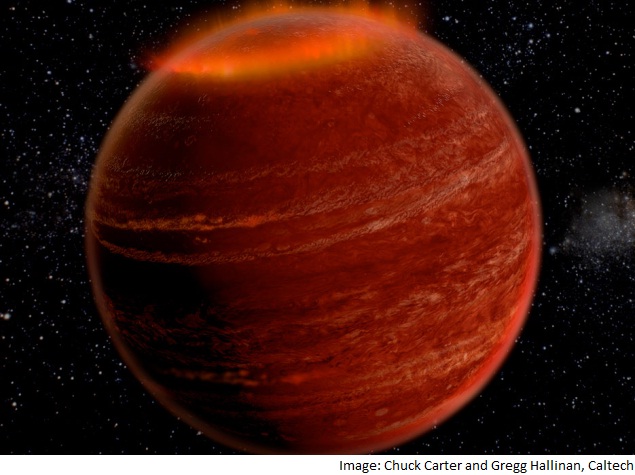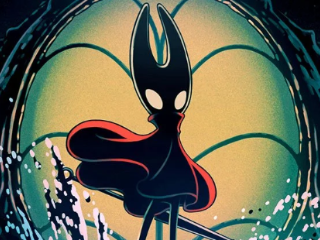- Home
- Science
- Science News
- Strongest Aurora Found Beyond Our Solar System
Strongest Aurora Found Beyond Our Solar System

The aurora - similar to the famous "Northern Lights" on Earth - was found not from a planet but from a low-mass star at the boundary between stars and brown dwarfs.
The discovery reveals a major difference between the magnetic activity of more-massive stars and that of brown dwarfs and planets, the researchers said.
Brown dwarfs, also called "failed stars," are objects more massive than planets, yet too small to trigger the thermonuclear reactions at their cores that power stars.
"All the magnetic activity we see on this object can be explained by powerful auroras," said Gregg Hallinan from the California Institute of Technology (Caltech).
This indicates that auroral activity replaces solar-like coronal activity on brown dwarfs and smaller objects.
The observations of the object LSR J1835+3259 indicate that the coolest stars and brown dwarfs have outer atmospheres that support auroral activity, rather than the type of magnetic activity seen on more-massive and hotter stars.
The combination of radio and optical observations showed that the object, 18 light-years from Earth, has characteristics unlike any seen in more-massive stars.
The discovery also has implications for studying extrasolar planets.
"What we see on this object appears to be the same phenomenon we've seen on Jupiter, for example, but thousands of times more powerful," Hallinan noted in a paper appeared in the journal Nature.
It may be possible to detect this type of activity from extrasolar planets, many of which are significantly more massive than Jupiter, he concluded.
Get your daily dose of tech news, reviews, and insights, in under 80 characters on Gadgets 360 Turbo. Connect with fellow tech lovers on our Forum. Follow us on X, Facebook, WhatsApp, Threads and Google News for instant updates. Catch all the action on our YouTube channel.
Related Stories
- Samsung Galaxy Unpacked 2025
- ChatGPT
- Redmi Note 14 Pro+
- iPhone 16
- Apple Vision Pro
- Oneplus 12
- OnePlus Nord CE 3 Lite 5G
- iPhone 13
- Xiaomi 14 Pro
- Oppo Find N3
- Tecno Spark Go (2023)
- Realme V30
- Best Phones Under 25000
- Samsung Galaxy S24 Series
- Cryptocurrency
- iQoo 12
- Samsung Galaxy S24 Ultra
- Giottus
- Samsung Galaxy Z Flip 5
- Apple 'Scary Fast'
- Housefull 5
- GoPro Hero 12 Black Review
- Invincible Season 2
- JioGlass
- HD Ready TV
- Laptop Under 50000
- Smartwatch Under 10000
- Latest Mobile Phones
- Compare Phones
- Realme Narzo 90x 5G
- Realme Narzo 90 5G
- Vivo S50 Pro Mini
- Vivo S50
- OPPO Reno 15c
- Redmi Note 15 5G
- Redmi Note 15 Pro 5G
- Redmi Note 15 Pro+ 5G
- Asus ProArt P16
- MacBook Pro 14-inch (M5, 2025)
- OnePlus Pad Go 2
- Poco Pad M1
- Just Corseca Skywatch Pro
- Honor Watch X5
- Acerpure Nitro Z Series 100-inch QLED TV
- Samsung 43 Inch LED Ultra HD (4K) Smart TV (UA43UE81AFULXL)
- Asus ROG Ally
- Nintendo Switch Lite
- Haier 1.6 Ton 5 Star Inverter Split AC (HSU19G-MZAID5BN-INV)
- Haier 1.6 Ton 5 Star Inverter Split AC (HSU19G-MZAIM5BN-INV)

















